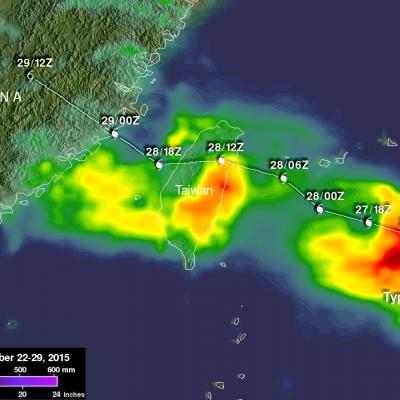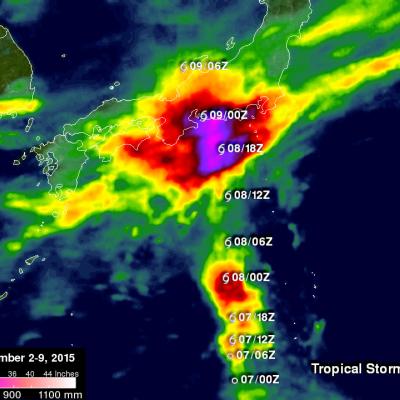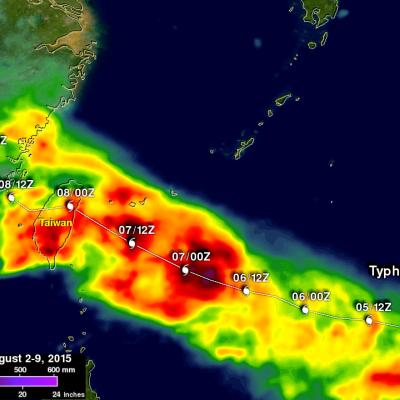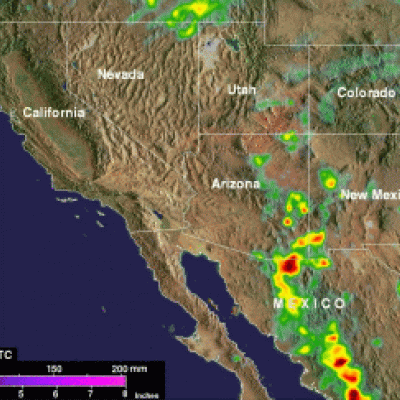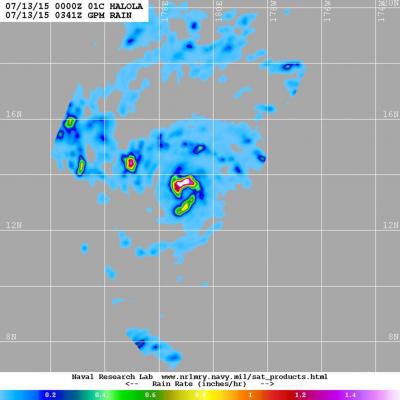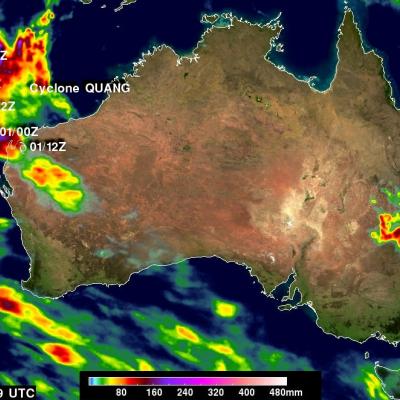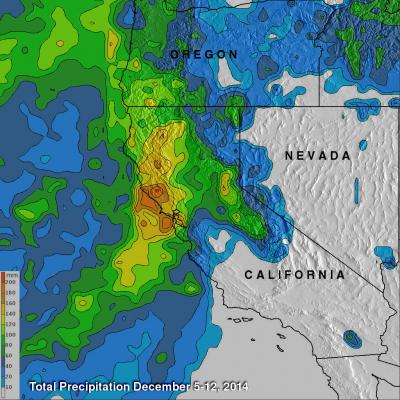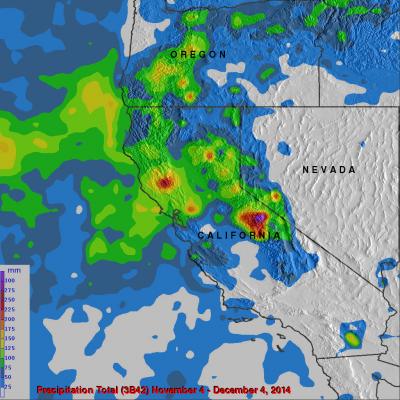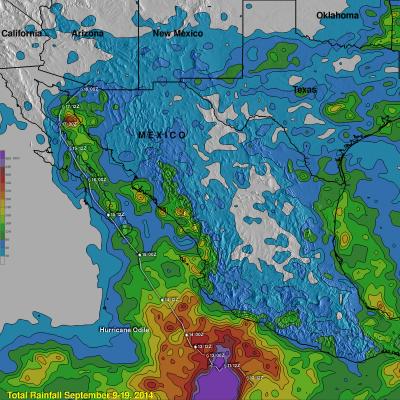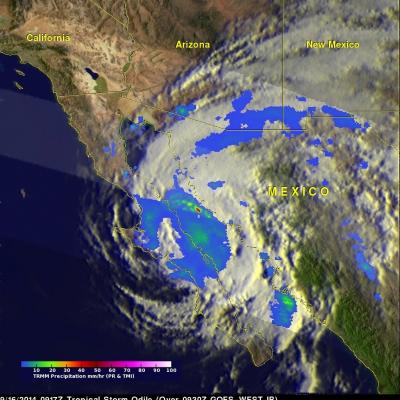Typhoon Dujuan Batters and Drenches Taiwan
Typhoon Dujuan formed in the western Pacific Ocean northwest of Guam on September 21, 2015. Dujuan intensified to a super typhoon with winds of 125 kts (144 mph) on September 27, 2015 as it approached Taiwan. The island of Taiwan experienced extreme rainfall and damaging winds with the passage of typhoon Dujuan. The typhoon also caused hundreds of injuries and at least three deaths in Taiwan. After pounding Taiwan the typhoon started weakening before hitting China. Dujuan dropped light to moderate rainfall over a large area of coastal China while dissipating. A preliminary analysis of Rainfall


